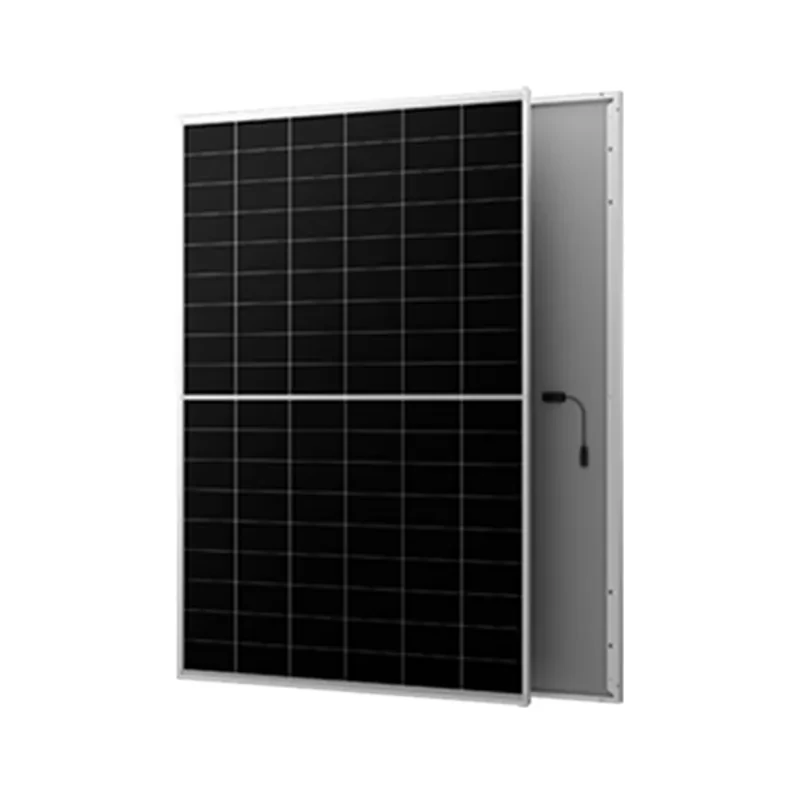solar panel efficiency in winter
Solar Panel Efficiency in Winter Understanding the Challenges and Benefits
As winter approaches, many solar panel users begin to worry about the efficiency of their systems. The common perception is that low temperatures and shorter daylight hours significantly hinder solar energy production. However, understanding how solar panels work during the colder months reveals a more nuanced reality.
The Science of Solar Panel Efficiency
Solar panels convert sunlight into electricity through photovoltaic cells. The efficiency of these cells, which is typically defined as the ratio of the electrical output to the solar energy input, can be affected by various factors, including temperature, light intensity, and weather conditions. Interestingly, while cold temperatures can reduce overall energy availability due to shorter days, they also impact solar panel performance positively.
In fact, colder temperatures can actually increase the efficiency of solar panels. Semiconductor materials, like silicon, which are commonly used in solar cells, tend to function more effectively at lower temperatures. High temperatures can cause resistance within the cells, leading to a drop in performance. Thus, during winter, although the sunlight may be less intense, the operational conditions for solar panels can be more favorable than during scorching summer days.
The Impact of Snow and Light
One of the significant challenges for solar panel efficiency in winter is the presence of snow. When snow accumulates on solar panels, it can block sunlight from reaching the cells and diminish energy production. However, there are also benefits to snowfall. If a light layer of snow covers the panels, it can actually help clean the surface as it melts away, removing dust and debris that may have accumulated during the drier months.
solar panel efficiency in winter

Moreover, solar panels are designed to absorb light from multiple angles. This characteristic becomes particularly useful during winter, as the sun takes a lower arc across the sky. Even on cloudy or overcast days, solar panels can still generate electricity, although the output is indeed reduced.
Maximizing Winter Efficiency
To maximize solar panel efficiency during the winter months, users should consider a few best practices. First, ensuring that panels are clear of snow and debris is essential. Many solar panel systems are installed at an angle, which can allow snow to slide off naturally. If snow accumulation occurs, homeowners may need to gently remove snow with a soft broom or similar tool. It's crucial to avoid using sharp objects that could scratch the panels.
Additionally, investing in high-quality solar panels that maintain performance in lower temperatures can be beneficial. Some models are specifically designed for increased winter efficiency and can perform well under cloudy conditions.
Conclusion
While winter does pose unique challenges to solar panel efficiency, it does not mean that solar energy production comes to a halt. By understanding how solar panels behave in colder temperatures and taking proactive steps, homeowners can continue to benefit from their solar investment throughout the winter months. In many cases, the advantages of lower operational temperatures and effective panel design can lead to surprisingly productive energy production, paving the way for a sustainable energy future, even in the colder seasons.
-
Unlocking Energy Freedom with the Off Grid Solar InverterNewsJun.06,2025
-
Unlock More Solar Power with a High-Efficiency Bifacial Solar PanelNewsJun.06,2025
-
Power Your Future with High-Efficiency Monocrystalline Solar PanelsNewsJun.06,2025
-
Next-Gen Solar Power Starts with Micro Solar InvertersNewsJun.06,2025
-
Harnessing Peak Efficiency with the On Grid Solar InverterNewsJun.06,2025
-
Discover Unmatched Efficiency with the Latest String Solar InverterNewsJun.06,2025







